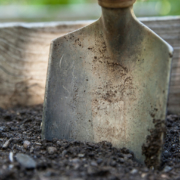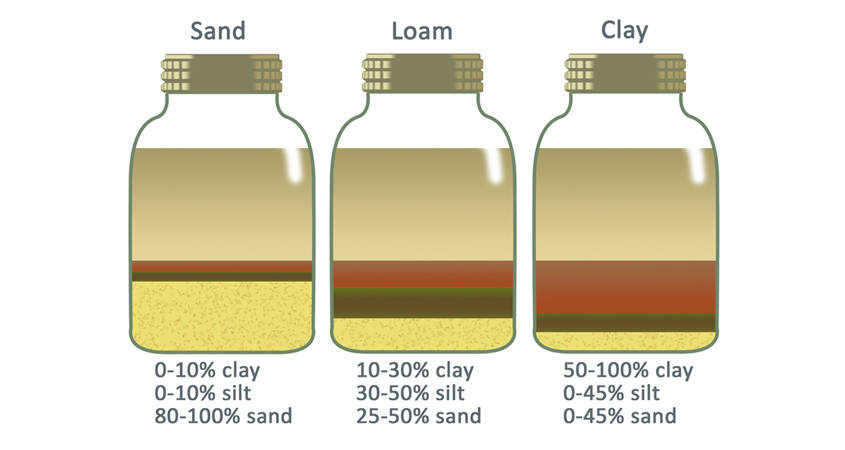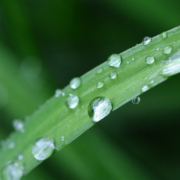Water News Network Honored by San Diego Press Club
For the third consecutive year, the Water News Network was recognized as the Best Public Service/Consumer Advocacy Website for its public outreach and education by the San Diego Press Club. The website was established by the San Diego County Water Authority to bridge the gap in news coverage of water-related issues affecting the region.
The first place award was announced during the San Diego Press Club’s 47th annual Excellence in Journalism Awards event, which was live streamed from the San Diego Automotive Museum on October 27.
Among the largest annual competitions in the United States, San Diego’s finest reporters, photographers, writers, artists, and communicators were honored with the region’s top awards.
Water News Network: “timely and accurate information about water issues”
“We’re proud to share this award with our 24 member agencies who provide the majority of the original content on the Water News Network,” said Denise Vedder, public affairs director for the San Diego County Water Authority. “The collaboration with our member agencies and other organizations make possible the timely and accurate information about water issues, projects, and programs that affect 3.3 million people across San Diego County.”
The Water News Network received the following Press Club awards:
Websites, Public Service or Consumer Advocacy Site: First Place, Water News Network
Online/Daily Newspapers, Wildlife/Nature: Second Place, Water News Network, Ed Joyce, “Cooper’s Hawk Chick Gets Special Handling Near Pipeline 5 Project”
Online/Daily Newspapers, Wildlife/Nature: Third Place, Water News Network, Kristiene Gong, “Wildlife Protected for New Underground Reservoir Project”
Online/Daily Newspapers, Science/Technology/Biotech: Third Place, Water News Network, Ed Joyce, “Baking Skills Used For Repair at Lake Hodges Pumped Storage Facility”
Online/Daily Newspapers, Series – Light Subject: Honorable Mention, Water News Network, Ed Joyce, “Water Utility Hero of the Week”
Online/Daily Newspapers, Environment: Honorable Mention, Water News Network, Ed Joyce, “Water Year 2020 Begins With Robust Reservoir Storage”
Earlier in 2020, the Water News Network was given an EPIC Award as the Best California Public Agency Website by the California Public Information Officers (CAPIO). The CAPIO EPIC Awards recognize the “best of the best” in government communications throughout the state. Winning entries demonstrate the most creative and effective efforts in the areas of communication and marketing campaigns, newsletter production, photography, special events, writing, website development, and video production.
The Water News Network was praised by the CAPIO EPIC Award judges for its initiative in producing original story content with its stakeholders in mind.
This year’s San Diego Press Club awards program drew more than 1,100 entries across multiple media categories. Judges included members of press clubs in San Francisco, Los Angeles, New Orleans, Rochester (New York), Florida, Cleveland, Orange County, Milwaukee, Tulsa, and Alaska.
“The San Diego Press Club Excellence in Journalism Awards celebrates professionals whose research, writing, reporting, and visual skills shed light on newsworthy topics that matter to us all,” said Albert Fulcher, 2020 San Diego Press Club president. “At a time when many Americans distrust the news media, I am proud of our organization’s 450 members and their commitment to truth and fairness with integrity, high standards, and ethical reporting.”
“I am also proud of our success at uniting journalism and public relations professionals while providing career-enhancing programs and networking opportunities for our members,” said Fulcher.







